Just a note that throughout June I’m posting a macro photo each day for the Wildlife Trusts’ #30DaysWild campaign, which you can keep up with here!
There has been a clear shift in the invertebrate world and it’s resulted in a lot of macro photos for me. So much so that I can’t fit them all in one post and will need to post more than once a week!
After early May’s heavy downpours, warmer weather arrived towards the end of the month and with that the insects, spiders and other arthropods. Summer feels closer now, with June being that tipping point between cooler spring weather and the hot mess of July.
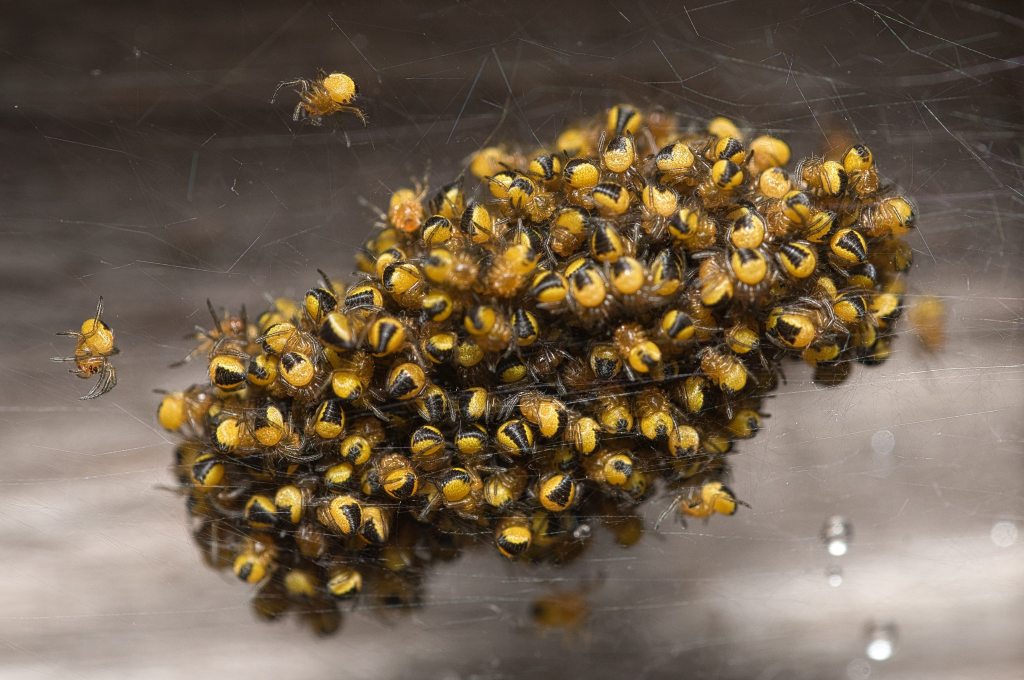
One day last week I noticed a small clutter of, well, things on the garden fence. From a distance they looked like a smudge. At closer viewing they were tiny spiders all bundled together. This will be quite disconcerting to some people perhaps, including a friend of mine who I hide social media posts from because of his arachnophobia. I don’t have that problem luckily and I’m fascinated by spiders.
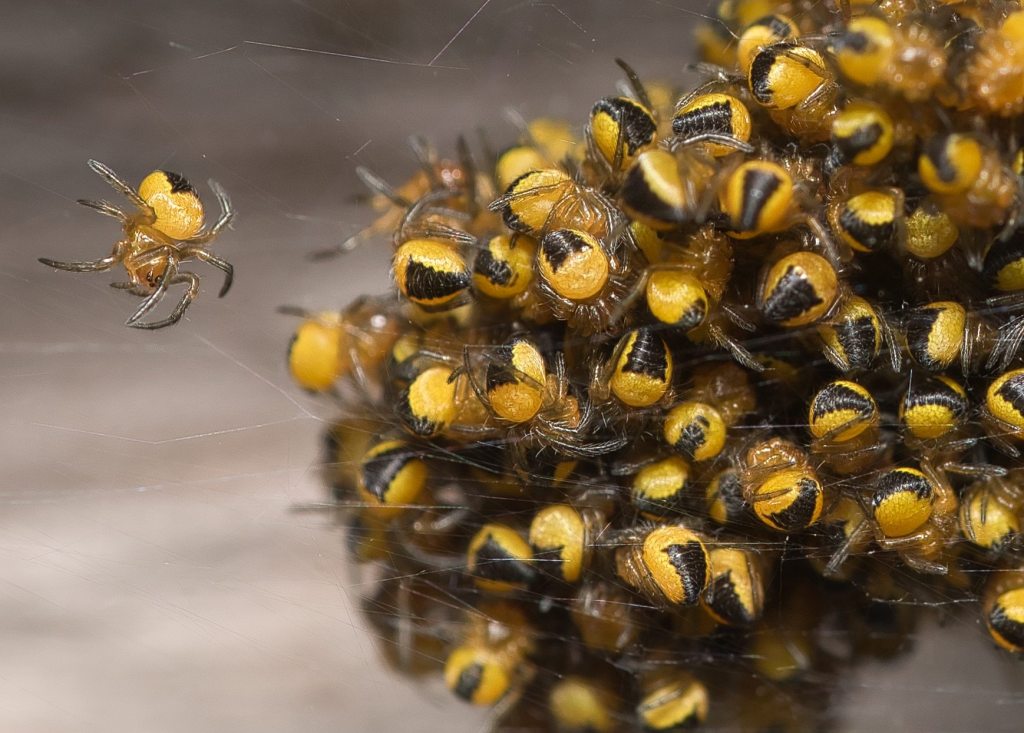
I had no idea what the spiders were until I submitted the record to iNaturalist and then waited for a suggestion. I leafed through my new spider book and landed on a page with the same image as the one that heads this post. They are garden spider spiderlings! The scientific name is Araneus diadematus.
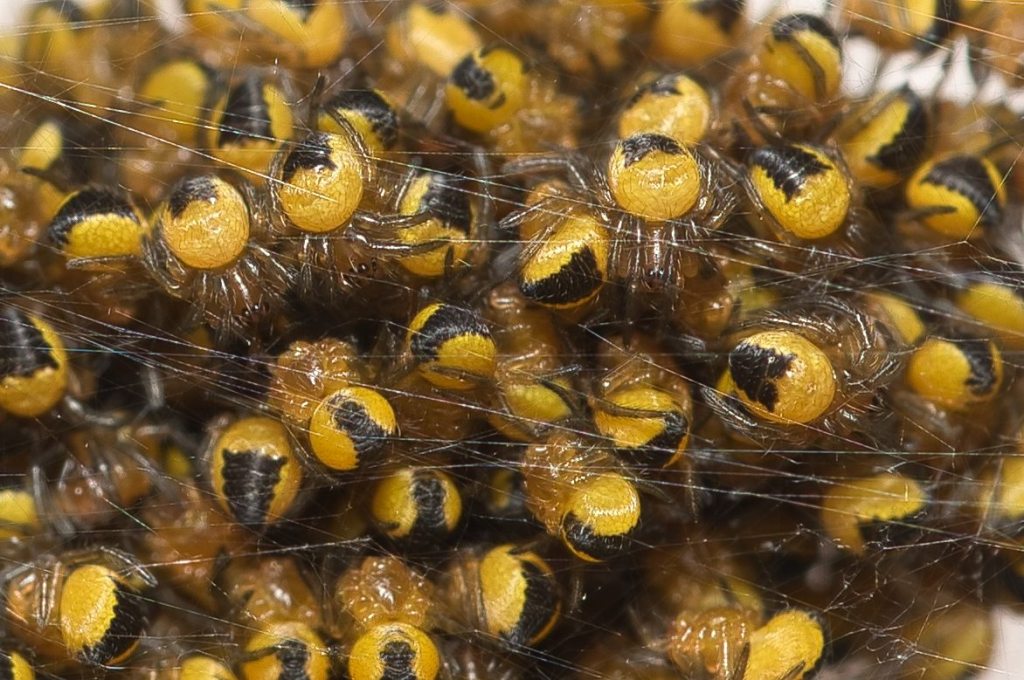
It is pretty amazing that they will develop to be such large spiders, holding their places in webs over the summer months. Imagine the biomass of flies and other insects this clutch will manage to consume over the months ahead. Then again, many of them will be taken as prey themselves by birds and other insects. Don’t forget there are such things as spider-hunting wasps.
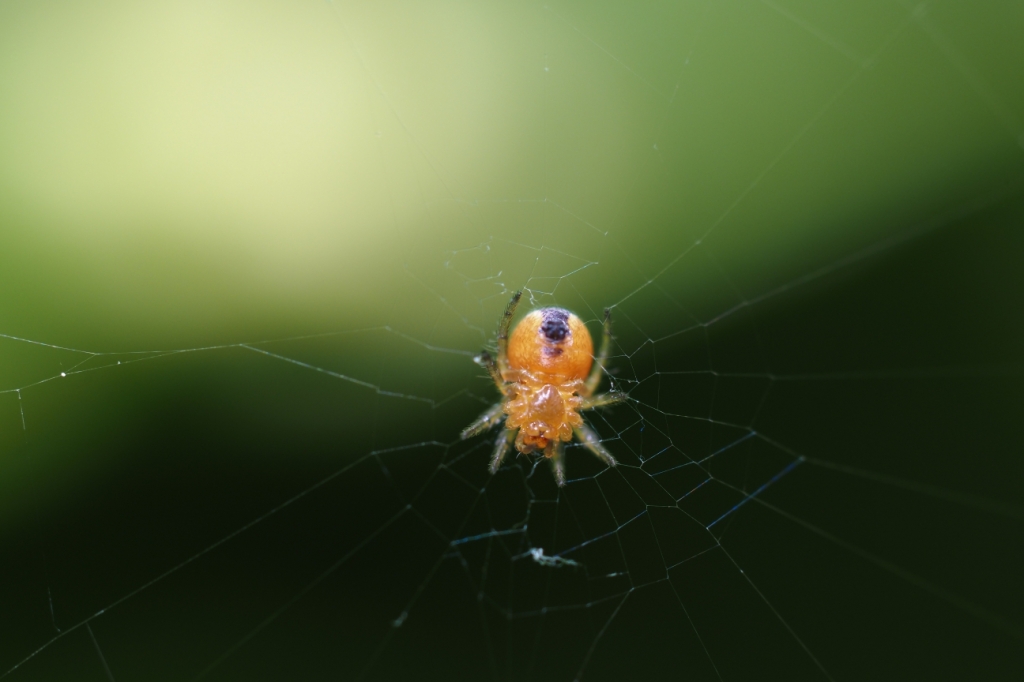
Here is one of those spiderlings (I am guessing) having set up its own web on the other side of the garden (approx. 3-4 metres).
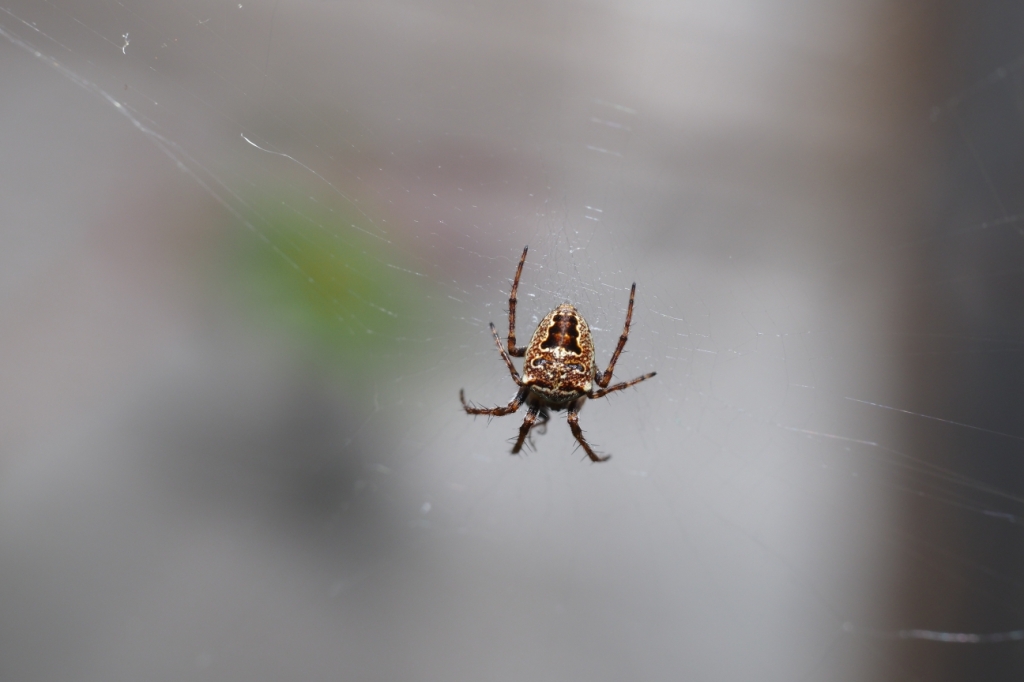
And here was one of the adults garden spiders. I don’t know enough about the ecology of this species to say if this could be the parent or one which appeared earlier in the spring. One thing is assured – they will be getting much bigger and by August you won’t be able to miss them.
Thanks for reading.
Recent posts:
Fool’s Wood – my third poetry collection
Fool’s Wood is my third collection after I am living with the animals (2014), and Sumptuous beasts (2018).
November 2025: beware of pity
I’ve had a burst of American visitors in recent days (to my blog, not my house). So thanks for visiting, y’all, and sorry about the year you’ve had. You may have noticed I’ve slipped to monthly posts on here. Between April and October I posted blogs every Monday without pause, which is a tricky task…
Summer-autumn 2025: unveiling the sun
Here’s my seasonal update of stuff you don’t need to know about, but then welcome to the Internet. What I’m writing Soon I will be self-publishing my third poetry collection, Fool’s Wood. It’s seven years since my last one and this collection has taken longer because of LIFE. There will be a booklet and also…
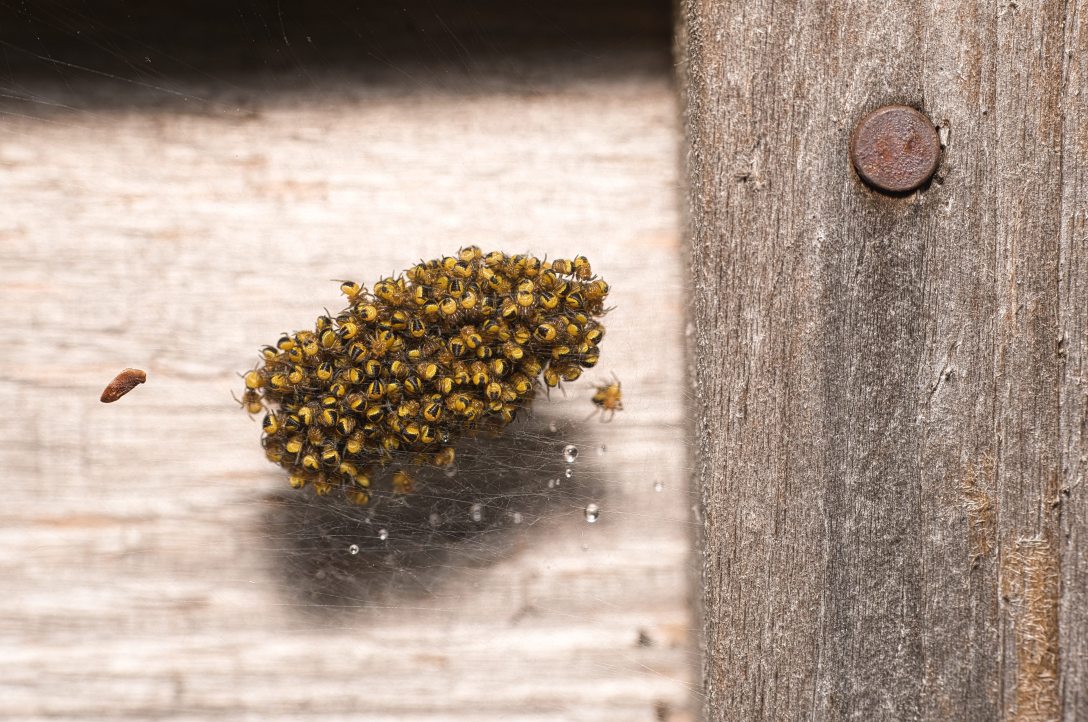



We have a cluster of the same little fellows in our garden. I love that when disturbed they spread out in the most amazing starburst.
Wow, haven’t seen that myself!
Probably much more impressive with a nest of tarantulas, of course…
Ha, imagine that! 👀
A wonderful sight!
Glad you think so John!